


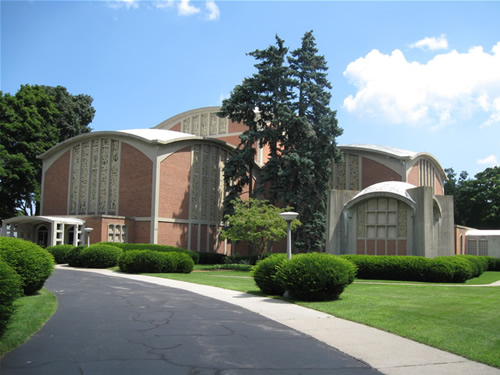

The origins of St. Thomas the Apostle church date back to 1907, with the establishment of the St. George summer chapel on St. Paul Boulevard in Summerville. Due to the growth of this small community, and anticipated growth in the suburb of Irondequoit, Bp. Thomas Hickey established a new parish on July 21, 1922 which would later be named St. Thomas the Apostle. Fr. John Muckle was named as the founding Pastor. Boundaries for the new parish were set with Lake Ontario to the north, the Genesee River to the west, Oakview Drive to the east and Titus Avenue to the south. The parish's territorial area would shrink in 1929 with the establishment of St. Margaret Mary to the southwest, and again in 1957 when Christ the King was created to the southeast. By that time, the parish's geographical size would be 1/3 of what it was in 1922.
St. Thomas was legally incorporated on August 14, 1922. The first classes for the St. Thomas school began that Fall, in September. The parish would soon purchase land at the corner of St. Paul Boulevard and Cole Road (later named Colebrook Drive) from a farmer named Edward J. Hohman. The deal was made on November 11, 1922 to buy the property for $15,500. In 1923, architect Frank Frey was hired to design a school building to be constructed on this recently-purchased land. An additional lot was bought next to the school in February of 1923 to allow for more room. On April 23rd, ground was broken for the school building, and the cornerstone would be laid on June 24th. The first phase of construction ended up costing $26,500.
The school would be expanded and a basement chapel that could accommodate 500 people was built. These additions were dedicated on February 21, 1926. Parishioners of St. Thomas finally moved into their own church, having worshiped at the St. George chapel from 1922 through 1926. At this point, St. George would revert to being a summer-only chapel, with one weekend Mass being offered there from 1926 until its closure in 1958.
St. Thomas, like most parishes in the diocese, began to experience financial difficulties in the 1930s as a result of the Great Depression. Despite these troubles, one significant purchase was made, that being the convent at 138 Washington Avenue on August 13, 1930. Attendance in the parish would decline in the early 1930s, with the number of families falling from 302 down to 226 after the establishment of St. Margaret Mary parish. After World War II, however, growth of St. Thomas would truly take off.
As people moved from the cities in the suburbs, St. Thomas the Apostle blossomed. In 1945, St. Thomas had 1,187 parishioners. This number grew to 1,783 in 1950, 2,290 in 1953, and up to 3,338 in 1959. School enrollment more than doubled during this period. As a result of this growth, the basement church was expanded to seat an additional 200 people (700 person capacity) in 1949.
The 1950s witnessed the passing of the torch from the founding Pastor to the community's second Pastor, Msgr. Richard Burns on June 29, 1954. Msgr. Burns pushed to achieve goals for a new church, convent, and rectory. Plans for a new convent began in 1956, with the building being completed in 1958 and the Sisters of Mercy moving in November of that year. The St. George chapel would be closed in 1958 and sold the following year. That chapel was later demolished in 1967. Soon plans were underway to construct the present-day church. Msgr. Burns hired Joseph Sanford Shanley, who had designed St. Louis church in Pittsford, to design the new St. Thomas the Apostle church building. The building was intended to combine the contemporary with the traditional.
Groundbreaking for the new church took place on March 25, 1963. The cornerstone was laid on October 4th of 1964. The church would finally be completed and dedicated on Palm Sunday (April 11th) 1965. Bp. Kearney performed the dedication. The new St. Thomas ending up costing $900,000 to build, much higher than the $400,000 that was originally intended. The new church was designed to seat 1,000 people so that each person would have an unobstructed view of the sanctuary. Various artists were hired to design and produce items for the church. The altar rail was designed by Gerstner and Scott, the pulpit by William A. Keyser, the Stations of the Cross and altar relief by Vytautas Kasuba, the Holy Trinity relief above the altar by Herman Wiemann, the windows by Benoit Gilsoul from Willet studios in Philadelphia, and the three wooden statues in four of the shrines were sculpted by G. Vincenzo Mussner in Italy. Inside of the main altar would be placed the relics of Ss. Peter and Paul, St. Thomas the Apostle, St. John the Baptist, and the Ugandan martyrs. The tabernacle from the former church was brought over to the new building and placed upon the Our Lady altar behind the main altar. There were originally plans to have a large, 143 foot bell tower constructed over the baptistry, but these were abandoned due to financial difficulties. The base of the bell tower was created, but the tower was never completed.
Following the Second Vatican Council, attendance began to decline at St. Thomas as it did at most area parishes. Mass attendance in 1964 averaged around 2,700 people, while in the early 1980s the number had fallen down to 1,800. Still, St. Thomas continued to invest in and beautify its campus. The Elizabeth Ann Seton painting was installed and blessed by Bp. Joseph Hogan on January 21, 1979 and the Our Lady statue was installed and blessed above the Our Lady altar on February 11, 1981 by Bp. Dennis Hickey. The beloved Msgr. Burns would retire in 1982, and be buried in front of the church upon his death in 1989. His gravesite remains there to this day as a memorial to the Pastor who oversaw the growth of the parish and construction of the modern-day St. Thomas the Apostle church.
Fr. L. James Callan, a cousin of the better-known James Callan of Corpus Christi, became the third Pastor in 1982. During his pastorate, various traditional devotions were fostered. Eucharist adoration began in the former rectory chapel on March 2, 1992 and continues to this very day.
As a result of diocesan school reorganization, the parish school would be closed in June of 1992. The former school building was leased to Stepping Stones Learning Center beginning August 15, 1994. The following year, Fr. Robert Bradler was named Pastor. A year later, the Msgr. Richard K. Burns council of the Knights of Columbus would be established. On September 14, 1997, the parish dedicated a new memorial to the unborn, which had been built just outside of the adoration chapel.
Significant changes occurred at St. Thomas the Apostle following the retirement of Fr. Bradler on June 30, 2007. On July 1st, St. Thomas was clustered with Christ the King and St. Salome parishes. Fr. Norm Tanck CSB was named as Pastor for all three parishes. A couple years later, a group established to make recommendations for the future of Irondequoit's churches, the "Irondequoit Pastoral Planning Group" or IPPG, began calling for the closure of Ss. Thomas the Apostle and St. Salome churches. These recommendations were controversial with parishioners, who questioned the fair representation of St. Thomas in this pastoral planning group, and whether St. Thomas' representative was adequately defending the parish. The push to close St. Thomas grew from 2009 to 2010.
By early 2010, the IPPG recommendation to close St. Thomas was presented to Bishop Matthew Clark. In May of 2010, the bishop met with his presbyteral council to discuss the matter, and issued a decree on May 26, 2010 which called for the amalgamation (though not the closure) of St. Thomas with four other Irondequoit churches under the name "Blessed Kateri Tekakwitha parish." Parishioners became concerned that closure was the next step, and challenged the decree of amalgamation on June 4th. An appeal would later be made to the Vatican, and canonical issues continue to be discussed today. Blessed Kateri parish went forward with its plans to cease Masses at St. Thomas and St. Salome churches, and a final Sunday Mass was offered on November 14, 2010 with an overflow crowd in attendance. Since then, there have been no regular Sunday or weekday Masses offered at St. Thomas the Apostle. A Mass was offered on the feast of St. Thomas, July 3, 2014, wherein Bishop Salvatore Matano promised to study and make decisions concerning the status of St. Thomas.
On August 10th, Fr. Dennis Bonsignore announced at a meeting for the diocesan Traditional Latin Mass community that Bp. Matano has recommended that the TLM community move to St. Thomas, and that Sunday Mass also be offered in the Ordinary Form. Sunday Masses returned to St. Thomas beginning the first weekend of Advent, November 30th, 2014.

|

|
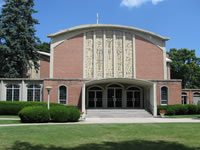
|
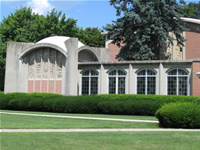
|
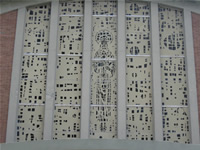
|
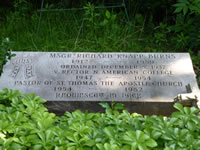
|
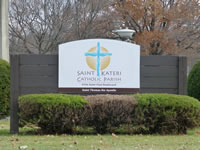
|
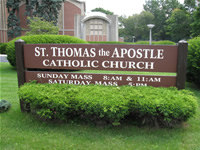
|
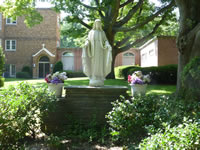
|
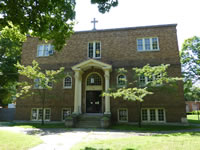
|

|
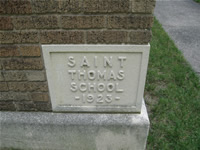
|
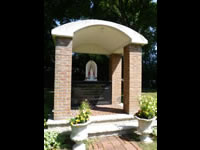
|

|
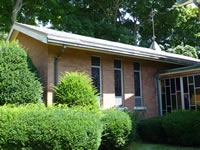
|
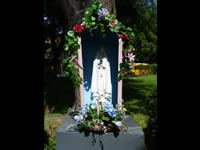
|

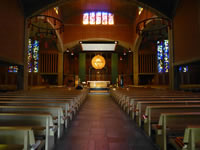
|
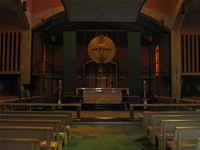
|
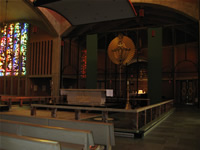
|
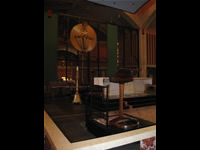
|
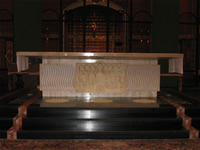
|
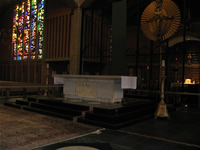
|

|
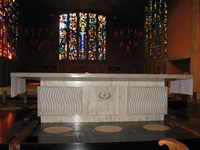
|
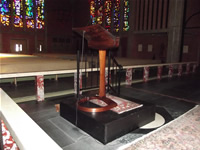
|

|
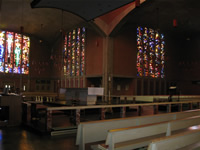
|
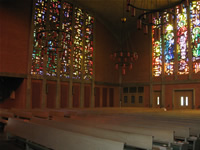
|
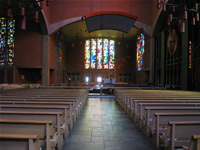
|
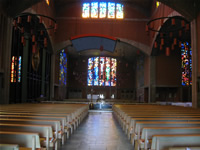
|
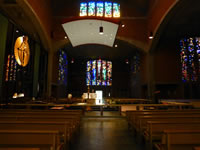
|

|
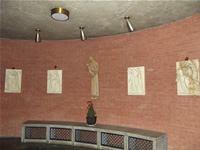
|
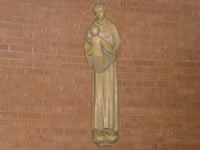
|
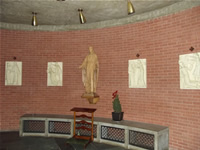
|

|
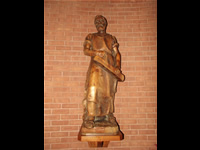
|
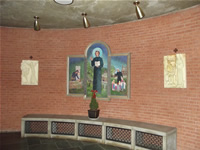
|
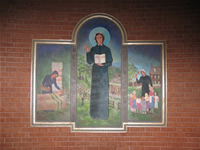
|
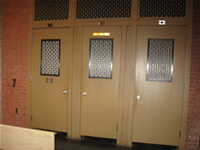
|
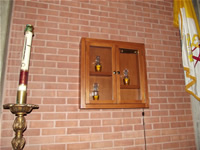
|
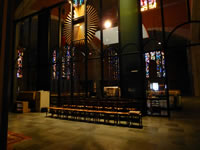
|
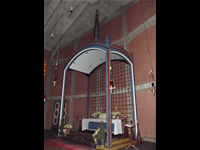
|

|

|

|

|
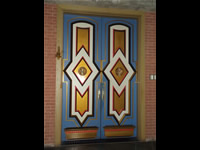
|
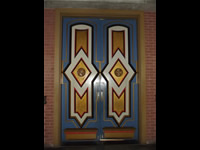
|
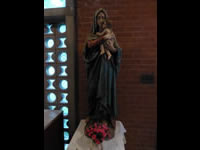
|
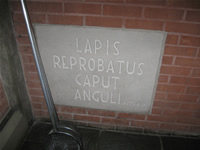
|
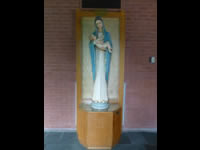
|
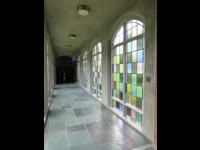
|
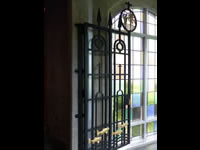
|
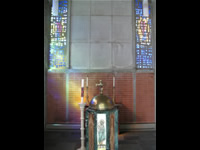
|
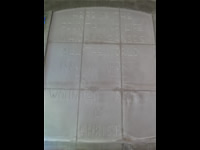
|

|
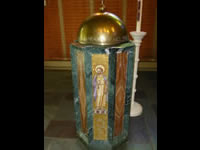
|
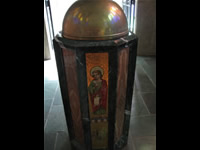
|
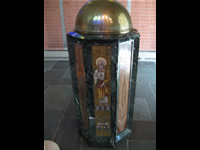
|
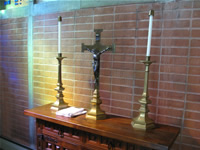
|

|
||
Stained Glass | ||
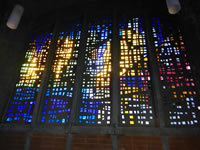
|
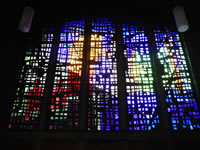
|

|
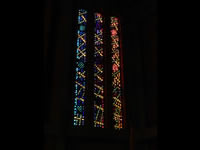
|
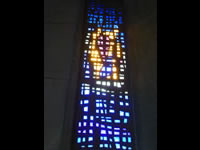
|

|

|
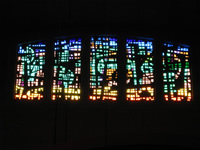
|
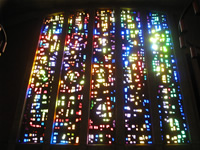
|
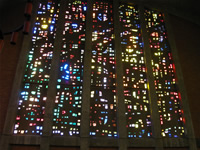
|
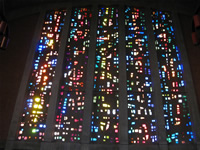
|
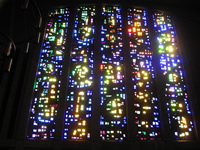
|

|
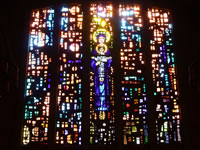
|

|
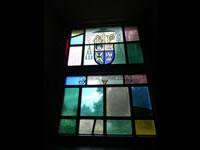
|

|
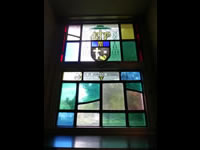
|
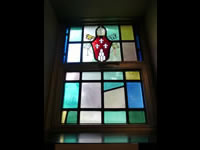
|

|
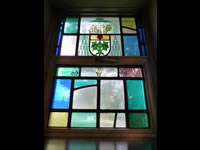
|

|
||
Adoration Chapel | ||
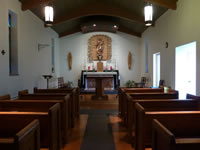
|
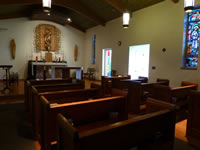
|

|
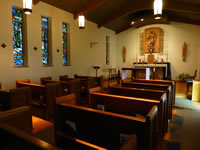
|
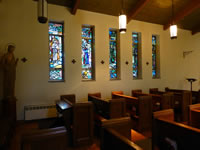
|
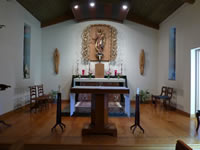
|
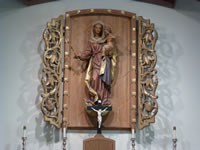
|

|

|

|
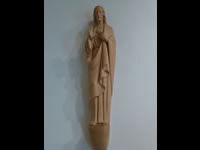
|

|
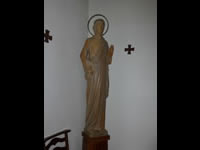
|

|
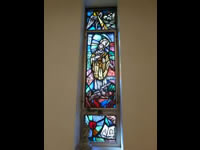
|
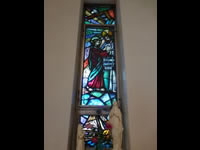
|
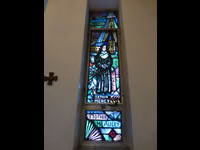
|
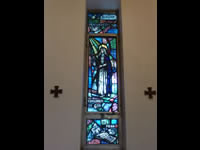
|
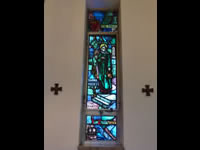
|

|
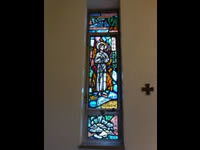
|
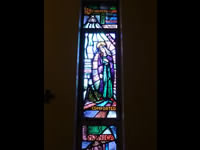
|
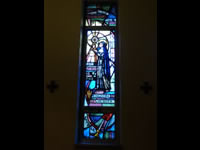
|
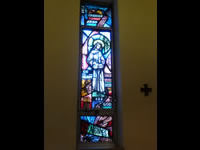
|


|

|
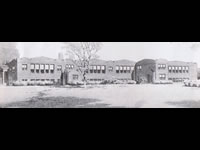
|
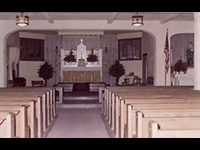
|
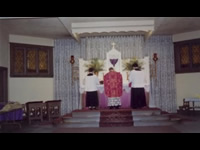
|
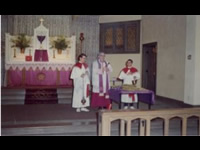
|
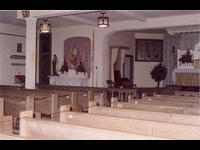
|

|

|

|
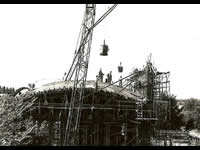
|
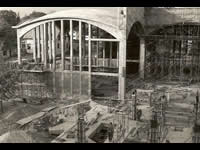
|
© 2008-2025 Rochester Churches. All photographs on this site listed under "External" or "Internal" photographs are property of Rochester Churches. Historical images are the property of their respective owners. This site is an independent project not affiliated with the Roman Catholic Diocese of Rochester. Rochester Churches is not for profit. The purpose of this site is to create an online catalogue of Rochester's Catholic churches, past and present.